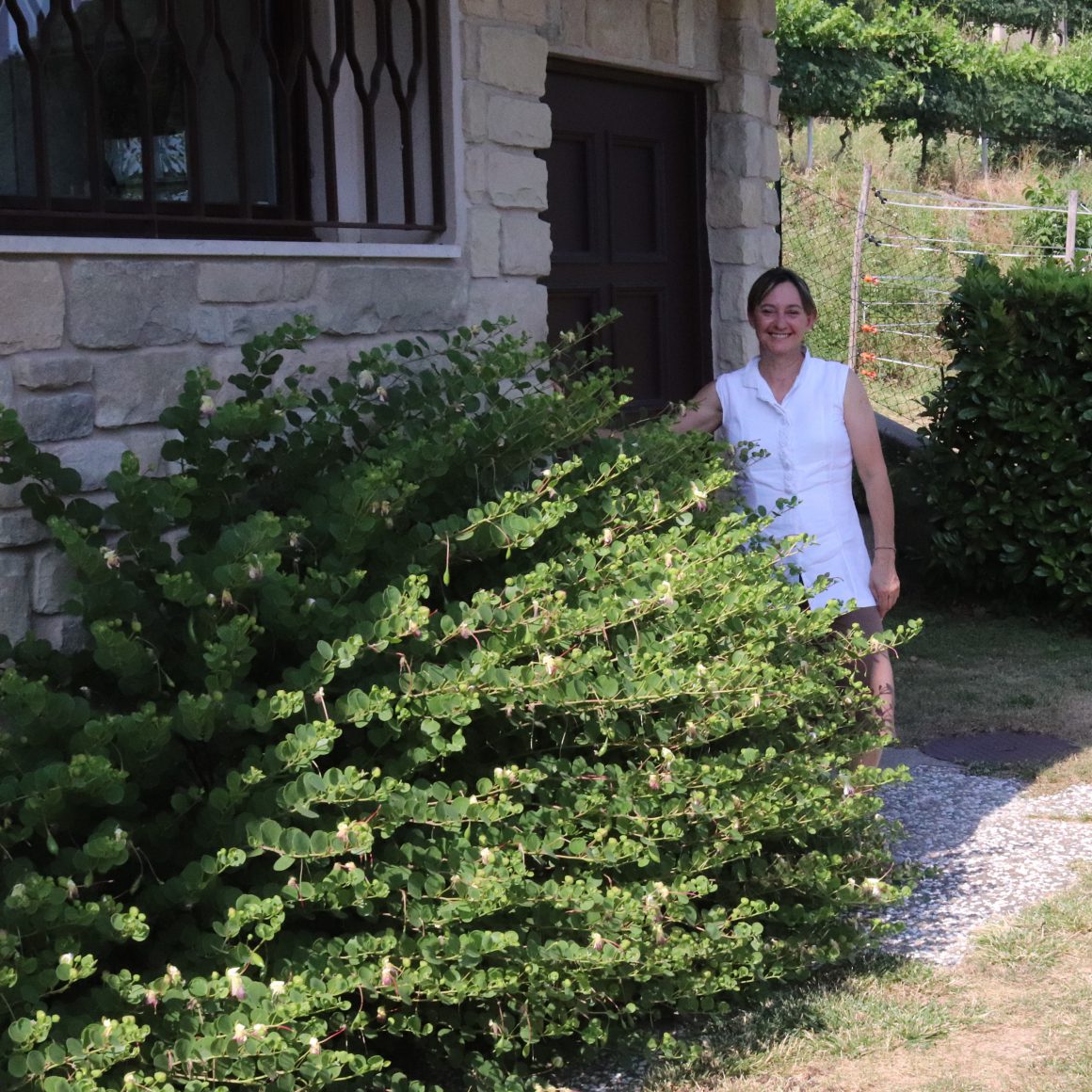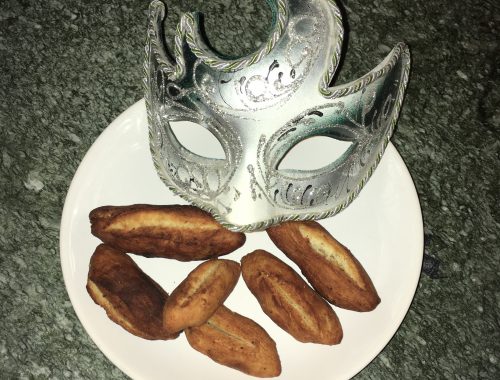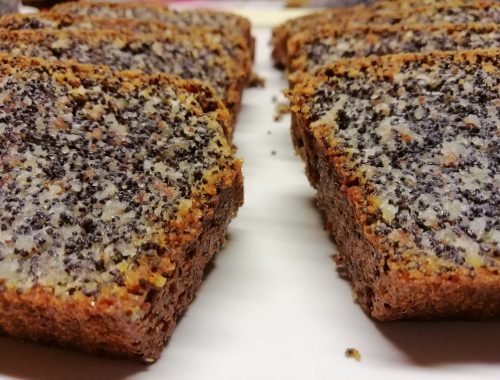
Capers – a spice or a vegetable?
Mirta’s capers
Today I would like to introduce you to Mirta. By the way, her name is very apt – she also makes a myrtle elixir.
I met her on a sunny summer day where she showed me her beautifully maintained garden.
But today is not about myrtle, it’s about capers. Capers are not really a local spice. They are usually found in more southern and therefore warmer regions. In southern Italy, Sicily or Sardinia. But in a village in Ticino, where Mirta lives, there is a special, almost Mediterranean climate. There Mirta managed to cultivate a caper shrub. It came from Sardinia to Switzerland as a cutting over 20 years ago. Later, a second shrub from Sicily was added.

As the shrub produced more and more flowers over the years, Mirta tried to see if she could preserve them. And she could! Today she produces preserves of about four to five kilos of capers every year, which she sells in autumn at the “Sagra della Zucca” in Castel San Pietro. That’s where I first met her. I was immediately fascinated by the local capers and by Mirta, whose passion is evident.
In her spare time, Mirta is a passionate gardener
In her own garden, she also grows stevia plants, peperoncino, basil, the already mentioned myrtle bush and olive trees. An experiment with goji bushes is in progress. The harvest is then processed and sold to the Sagra as well. And it’s all local!
When I asked her how she came to making her own products, she replied that she enjoys gardening and trying things out on one hand and that she came to it from a tradition on the other. Her family is originally from Genoa, where for example the basil pesto is famous.
And what are capers anyways?
Capers are the flower buds of a shrub growing in warm, dry areas. They are harvested when they are still a little hard under pressure. Mirta says that they should feel like a cherry pit.
How are capers preserved?
After harvesting, Mirta leaves them in a bowl for two days until they are slightly withered. They are then placed in a jar, covered with coarse salt and mixed. Each day’s harvest is processed in its own glass. Stored in the cellar, they then begin to release water, which is poured out regularly by Mirta. More salt is added. This process causes the capers to lose their bitter taste. By the way, raw capers are not edible. Only through the processing, they become a great spice.
After three to four weeks the capers have lost all their water. The extra salt is removed by hand and then the capers are filled into ready-to-sell glasses and covered with fresh salt. Now they are ready for consumption ?




Capers can also be pickled in brine or vinegar. In my opinion, however, they then take on the taste of the liquid. I prefer the ones preserved in salt.
And the Cucunci?
Where this name comes from, I do not know exactly. In German, they are called caper apples. They are the fruit of the caper bush and contain the seeds. They can be eaten as well. But like the capers themselves, the cucunci should not be eaten raw, but pickled in vinegar just like pickled cucumbers. They are popular as aperitif.
If the caper blossoms are not harvested, the flowers bloom. By the way, they are very beautiful. A caper apple grows from each flower on a long stem. When it reaches a certain size it is harvested and pickled.


What can you use capers for?
Capers are excellent to give some taste to certain dishes. For example, they are great in a tomato sauce, sprinkled over pizza, with meat, fish, vegetable stews or as an aperitif on bread. But beware, their taste is intense, and the salted ones are extremely salty. They should really be used like a spice, little at a time!
And what happens to the bush in winter?
Mirta does not cover the shrub even in winter because it grows in a beautifully sheltered place. It loses its leaves while the branches remain. They will start producing leaves and flowers (which will become capers) the following spring.
By the way, the older branches produce harder capers than the new ones.
Mirta is always looking for new products to produce and so she tried something new last year. She slowly and carefully dries the pickled, ready-to-eat capers in the oven and then grinds them. This way she gets a caper spice! A great idea. I’m looking forward to seeing her at Sagra della Zucca in autumn and buying her new products.
If you don’t have the opportunity to come to this event, but you are interested in Mirta’s products, you can also contact her at admin.synergie@gmail.com
Thank you Mirta for giving me insight into your garden and your “secrets”. It was a very instructive and enjoyable afternoon!





